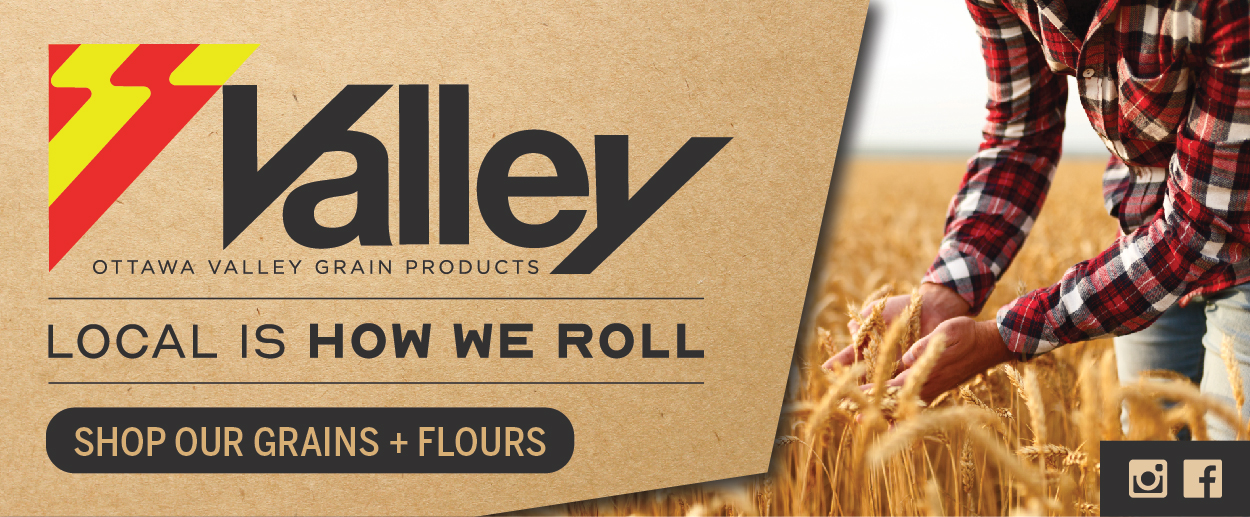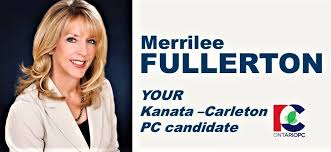Phillips brings equine simulator to Valley
By Nonie Smart - West Carleton Online
BECKWITH – Years ago when equestrian coach Gillian Phillips rode an equine simulator for the first time, she knew she was hooked.
“I thought it was pretty cool and I thought I need to be teaching off this,” she told West Carleton Online Nov. 14 at her Beckwith farm.
Last spring Phillips finally realized her long-held dream when she acquired her own Racewood equine simulator; a high-tech mechanical horse that simulates riding the real thing. It is the first of its kind in eastern Ontario.
“I want to continue contributing to the equestrian community,” the Equine Canada certified coach said. “I have been coaching for 20 some years. Standing in the Sahara Desert in the summer and freezing my toes off in the winter doesn’t appeal to me anymore.”
The 15.1-hand (1.5 metres tall) equine simulator (T.E.S.) is housed in a tranquil and temperature-controlled building at Phillip’s Beckwith farm approximately 30 minutes west of Kanata. A 60-minute session includes a short pre-ride workout as well as mounted exercises at all three gaits (walk, trot, canter). One of the most compelling advantages of the simulator is the immediate feedback the rider receives from sensors located under the saddle, leg and reins.
The first Racewood simulator was developed in 1990 in the United Kingdom. Nowadays simulators are used world-wide for riders to work on performance, fitness and rehabilitation in a wide variety of equestrian disciplines including dressage, jumping up to 1.2 m high, polo and trot racing.
“You are not taking a riding lesson on a machine,” Phillips says of the simulator experience. “Through exercises and coaching feedback, it’s about getting in touch with your body and gaining a body awareness that I don’t think is afforded to a lot of people in a regular riding lesson. They are often barked orders, so riders are trying to do what they are told rather than noticing what is happening within themselves.”
Phillips says the initial experience with T.E.S. can be quite emotional for riders.
“That is not a unique experience for many people who ride T.E.S.,” she said. “The session offers more than just sitting on a machine. Because it is so experiential and so somatic it’s really hard to describe it in words what it means to people.”
Phillips brings a unique blend of skills to her coaching practice. In addition to her decades of equestrian coaching experience she is also certified as a Professional Association for Equine Facilitated Wellness (Pro-EFW) coach; a Life and Wellness Coach through Coach Academy Canada (2023); and has completed yoga teacher training (2016). She is also Franklin Method Equestrian Ball certified (2022).
“My style of coaching is client led,” she said. “The life and wellness coaching course I took a few years ago really gave me the framework to hold space for learning to happen. It is all individual. Not one of my sessions looks the same. It is bringing awareness to where people are at. We work from there.”
Phillips says her client base includes people who are not riding their horse at the moment; those who are seeking body awareness somatic training to improve themselves and their horse; as well as beginners who want to experience riding.
“I can specialize the experience for what people need,” she said. “It’s inspiring the amount of work and change some people do off the horse and in conjunction with the simulator just to improve themselves. It’s amazing. They are doing it for their horse not themselves. I’m not sure they would do it for themselves if there was no horse. That is inspiring.”
Local equestrian Maryse, who has been riding for three decades, told West Carleton Online last month (Oct. 28) her first ride on T.E.S. was a big eye opener.
“I didn’t know there was an equine simulator in the area until recently,” she said. “I was curious so I booked a session although I did not know what to expect. The hour went by very quickly. To me, the big mind-blowing takeaway was how just breathing and not being aware of your body can cause difficulties. So, I have been riding for 30 years not breathing right and I could have been doing better. Something like that, go figure.”
Maryse went on to describe the process.
“We started with the video so we could compare the before and after images,” Maryse said. “We did exercises as we went along to elongate my leg and relax my pelvis. As a rider we all have a strong side. We did some body-awareness work and some exercises. My seat has improved. This was a good resource for me.”
Phillips says one of the key concepts of biomechanical and mindset coaching is, “you cannot think your way into body changes.”
To this end she uses the Franklin method in her coaching strategy as a way to train the mind-body connection.
“I use gel-like Franklin balls, in various sizes and shapes, positioned between rider and saddle, to help create body awareness in certain areas where you need to let go,” she said. “They work at the fascial level. From a somatic standpoint you cannot think your right hip into lowering because it is just going to go back up. The body actually needs to let go of the fascia and the tension around it. If there is held tension around an area, from a past trauma, and that is how it compensated, then we bring awareness to that. Then the body says, ‘oh well we don’t need to compensate anymore,’ and it will let go.”
Phillips uses a trauma informed coaching style to help riders build resilience, move forward and create positive outcomes.
“Trauma is not what has happened to your body but rather it is what stays in your body,” she said. “We are not going into your past. So, then it is very safe. Diving into your past isn’t usually very helpful anyway. The more you talk about it and refer back to it and tell that story, the more it is getting hard wired into your brain. It’s about working to rewire the nervous system so that I can help you now. Because stuff has happened to everybody. When did you feel safe? Let’s move forward from there.”
Effective coaching begins with trust Phillips says.
“You need to be able to trust me to make a difference,” she said. “When I am working with clients on T.E.S., I ask them to find an adjective for what they are feeling. Basically, the Pro-EFW approach is about working with nervous systems of both horses and humans coming from a place of non judgement and holding space there. The somatic approach is very powerful and to me it is really working within my scope of practice because we are working in the here and now. What are you feeling? Where is your breath? What is happening to you right now?”
Phillips says a session with T.E.S. is actually mindfulness work without realizing it.
“It’s the power of present moment focus without even knowing that it is present moment focus,” she said. “I emphasize how our thoughts and actions are perceived by horses which influences their behaviour. I strive to help my students to develop an awareness of the horse-human connection, working together to cultivate a lasting partnership.”











